Ropeway: from transport necessity to tourist attraction
In the past, the phone never stopped ringing because people kept looking for Mr. Jiang Shixue to operate the ropeway for them. But now, the phone is very quiet.
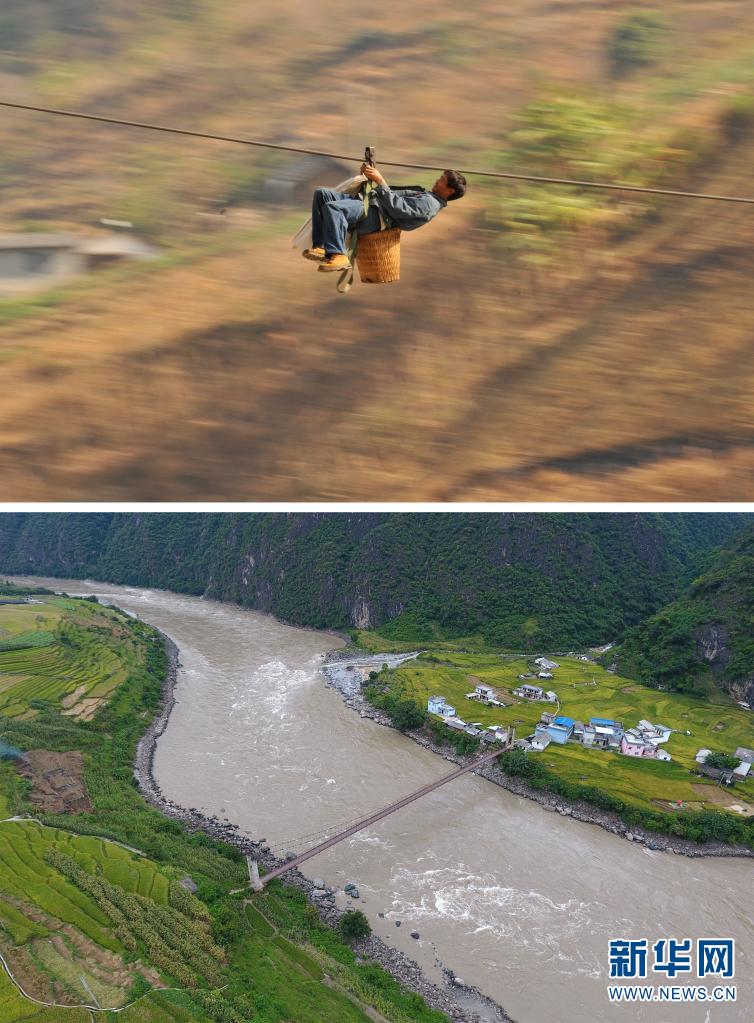
Jiang comes from the Yinge village, Qiaojia County in the north of Yunnan Province. He used to run a ropeway over the Jinsha River (the upper reach of the Yangtze River).
“Since the modern bridge was built and the road is accessible to every house, it is convenient for every villager to travel by car. Who’d rather choose to slide to the staggering ropeway?" said Jiang, while looking at the newly-built bridge across Jinsha River.
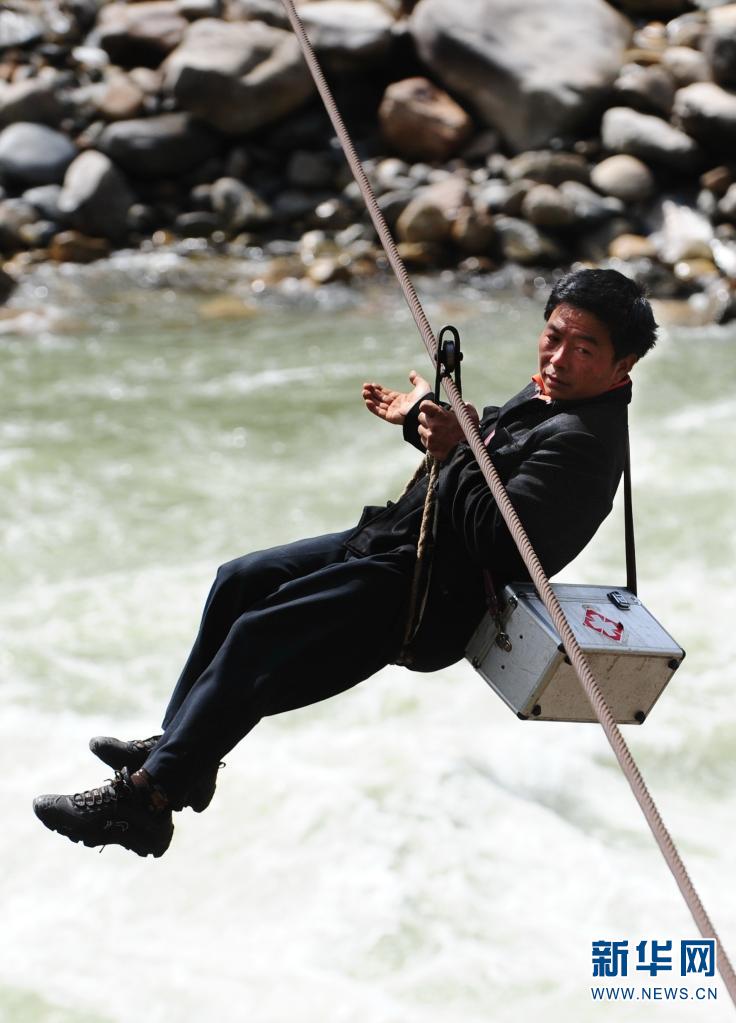
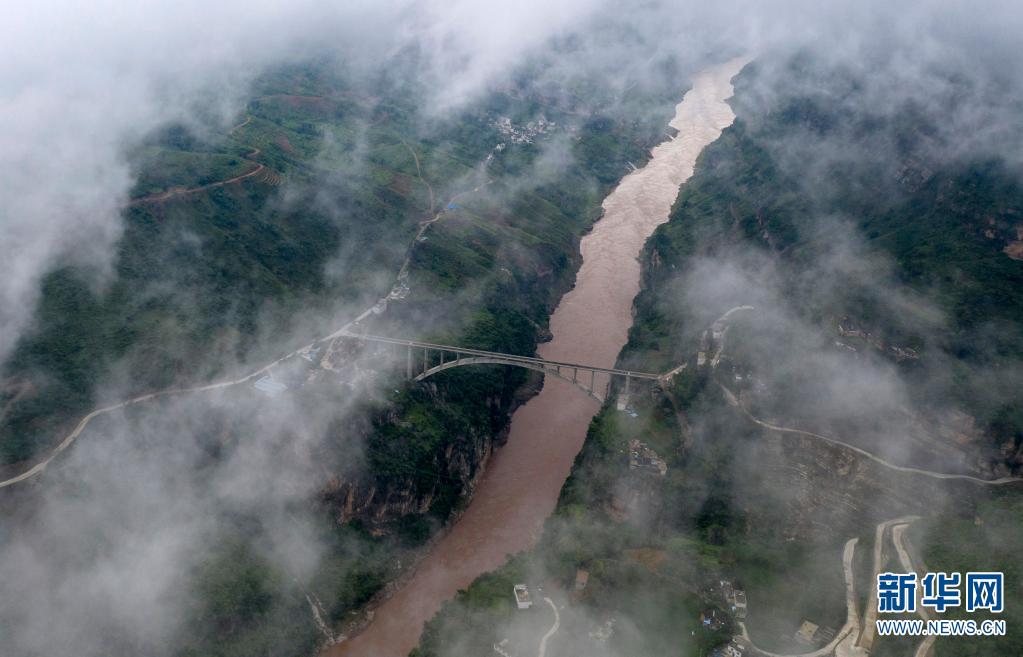
Yunnan is famous for humongous mountains, rushing rivers and deep gorges, which also posed grave challenges to socio-economic development in the region. Many years ago, villagers had to carve the road by hands and primitive tools. When they had to cross the roaring Jinsha River, the ropeway was the only transportation available to them.
Jiang, aged 75, has been living in the mountains, and he is now relieved to see his fellow villagers enjoying the traveling convenience from modern bridges, while the ropeway he operated has been turned into a site for sightseeing.
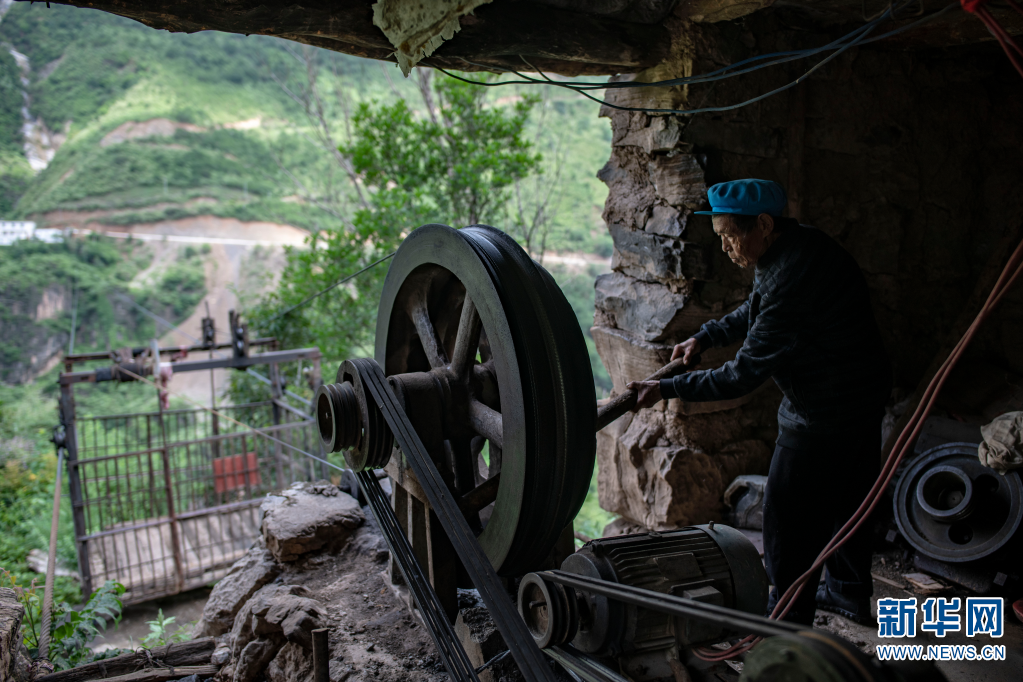
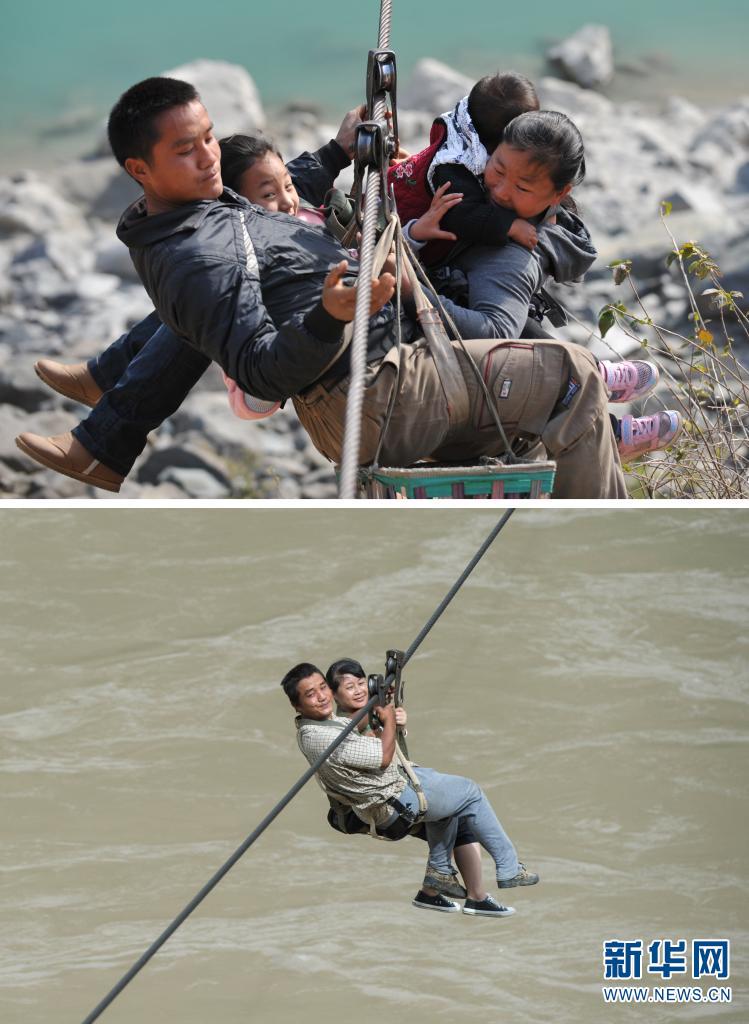
“The old ropeways have become a part of the memory of how people traveled in the past. Like living fossils, they also witnessed the evolution of transport means in rural Yunnan,” said Wang Yong, a local transport inspector.
Source: Xinhua; Trans-editing by Mo Yingyi